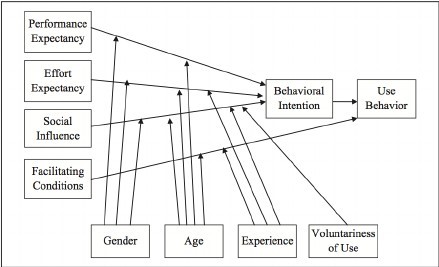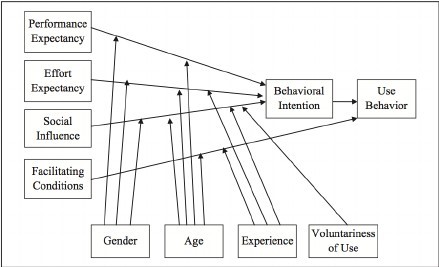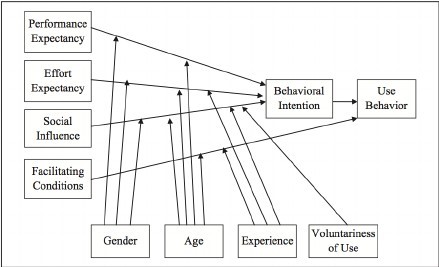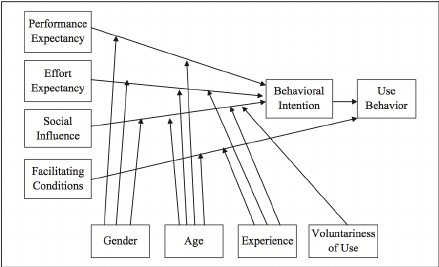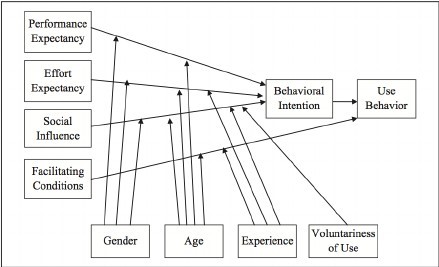CASE-1
A professor is interested in following whether the “good” students finish the test earlier or later than the others in the class. He observes a particular test and gets the following data given below If ‘good’ students are those who get 90 and above, can the professor conclude that good students finish the test randomly (use a 5% level of significance) ?Explain
| Order of
finishing test |
Marks Scored
|
| 1 – 10 |
94 |
70 |
85 |
89 |
92 |
98 |
63 |
88 |
74 |
85 |
| 11 – 20 |
69 |
90 |
57 |
86 |
79 |
72 |
80 |
93 |
66 |
74 |
| 21 – 30 |
50 |
55 |
47 |
59 |
68 |
63 |
89 |
51 |
90 |
88 |
CASE-2
The weight (gms) of 31 books picked from a consignment are as follows:
106, 107, 76, 82, 106, 107, 175, 93, 187, 95, 123, 125, 111, 92, 86, 70, 127, 68, 130, 129, 139, 119,115, 128, 100, 186, 84,99, 113, 204, 111
Test whether this sample may be treated as random? Briefly explain?
Case-3
A local supermarket has experienced a decline in unit sales and little change in rupee value sales. Profits have almost vanished. The chief executive in searching for ways to revitalize the operation, was advised to increase the number of hours the market is open for business. He comes to you for advice in structuring a research problem that will provide relevant information for decision making, Define the research problem taking care to:
(a) State the relevant question.
(b) Enumerate the alternative answers.
(c) Clearly define the units of analysis and characteristics of interest.
CASE-4
According to the National Retail Federation and Center for Retailing Education at the University of Florida, the four main sources of inventory shrinkage are employee theft, shoplifting, administrative error, and vendor fraud. The estimated annual dollar amount in shrinkage ($millions) associated with each of these data sources are as follows
Employee theft $ 17918.6
Shop lifting $ 15191.9
Administrative error $ 7617.6
Vendor fraud $ 2553.6
Total $43281.7
Construct a pie chart to depict these data?
CASE-5
The market for jewellery in India is second only to that for foods and the trade is built around so-called family jewelers. Tanishq belongs to the House of Tata and, true to the group’s policy it aims at bringing in credibility and professionalism to the jewellery industry.
India’s jewellery market is estimated to be worth Rs. 400 billion a year and the share of the organized sector -jewellery stores and brands managed by corporate houses – stands at about Rs. 10 billion. This small but significant niche is largely the creation of Tanishq, a path-breaking effort that has earned a well-deserved reputation for reliability and excellence, and for introducing pioneering concepts in an industry where tradition once ruled. The brand has a 40% share of the organised jewellery market and a 1% bite of the overall jewellery pie. There are more than 300,000 independent, non-branded jewellery retailers in India.
Tanishq was a trailblazing endeavour to create a national retail chain that would provide consumers with jewellery of reliable worth and high design value. Its entry changed, in more ways than one, the way the Indian jewellery market operates. With 66 exclusive outlets spread across some 50 cities and a fully integrated jewellery manufacturing facility at Hosur, in Tamil Nadu, Tanishq has emerged as one of India’s biggest retailers.
The introduction of ‘Karatmeters’ – instruments that can be easily used by consumers to measure the purity of gold in a non-destructive manner – at its outlets is a key innovation that has developed tremendous equity for the brand. Another Tanishq novelty, one on which the brand’s growth strategy is premised, is in the matter of differentiated designs, be they contemporary or traditional, Indian or international.
Modern retail values and principles in the selling of branded jewellery in Indiaare almost completely the handiwork of Tanishq. The brand has broken fresh ground in retailing by creating exclusive outlets with hitherto unknown in-store ambience and hospitality touchstones. It has launched new collections at a quicker rate than its competitors, and conducted marketing promotions and fashion shows to enhance the shopping experience of consumers.
Although the purchase of branded jewellery is still a new experience for a whole lot of Indians, the Tanishq brand enjoys increasing levels of consumer loyalty. In 2002, about one million people shopped at Tanishq stores all over the country. A highlight of the brand’s success is that, while the jewellery market growth has declined during the past two years, Tanishq has recorded an annual growth of approximately 40%.
Besides catering to Indian consumers, Tanishq has successfully entered key export markets such as the US, the UK, theMiddle East, Singapore and Australia. This is testimony to the brand’s ability to craft products that meet the requirements of varied cultures and sensibilities. The brand Tanishq, like the Tata name, has established itself as an ethical brand, earning the respect and affection of its consumers. The Tanishq portfolio comprises a wide range of jewellery, including 18-carat studded products, 22- carat plain-gold products, silverware and coins. Tanishq is the first brand in the jewellery category to introduce collections designed exclusively for the modern Indian woman, especially working women. Among the Tanishq collections that have caught the imagination of consumers are Aria and Diva. Collection G, with a selection of over 90 designs, addressed the everyday jewellery needs of working women. Positioned as ‘9-to-5 jewellery’, the collection is stylish and modern and is designed to suit all forms of attire, western and Indian, casual and formal. The introduction of lightweight gold –jewellery that looked heavy but was light in weight and on the purse –marked another milestone in Tanishq’s brand history.
Tanishq’s retail boutiques are temples for the brand and are used as a platform for celebration, be it the launch of a new collection, a new marketing promotion or a festival. This gives Tanishq outlets a unique appeal and consumers an opportunity to heighten their shopping experience. One of Tanishq’s more innovative ideas is to offer special schemes during various festivals. Tanishq has also initiated a loyalty program called the Golden Harvest Savings Scheme, which offers buyers the benefit of getting more jewellery than what they have paid for. The scheme allows consumers to planfuture purchases in advance and pay for them in easy installments.
In sync with the Tata brand values, Tanishq is synonymous with trust and purity in a category that is fraught with questionable practices. Being a member of the Tata family has meant that it can leverage the group’s well-earned reputation for ethics and values in a business where such attributes are critical to win the trust of consumers. Tanishq consumers can afford to take issues such as purity for granted, and they know they can depend upon the brand to deliver quality products all the time. The brand’s winning virtues in design and overall quality have shaped a class of discerning buyers who seek the best in jewellery products.
Leadership and innovation are two of the other brand features that Tanishq is consistently identified with. These values have helped the brand bond with its consumers like no other Indian jewellery retailer.
Tanishq has deliberately moved away from mass-media advertising and focused on store promotions to make the brand more accessible to consumers. This has been done to correct the consumer perception that the brand is highly priced and only meant for the rich and the famous. This approach has also ensured that Tanishq’s promotional approach is product-led.
Read the caselet carefully and answer the following questions:
1. Discuss the various bases or criteria for segmenting consumer markets. Explain Tanishq’s segmentation and positioning strategy.
2. What are Tanishq’s key brand values or brand strengths? Explain.
3. What are the strength and weakness of Tanisq
CASE-6
A recent survey on washing machines conducted among housewives showed that most of them belonged to middle income households, were generally employed had growing up children and preferred a compact, easy-to-use, top-loading washing machine. They wanted a machine that gets clothes clean and comes with a trouble-free service. If you were the marketer of Whirlpool’s washing machine, how will you use this information for planning your marketing strategy?
CASE-7
A company wishes to launch a new tooth paste which can effectively prevent cavities and tooth decay as well make teeth whiter. But the tooth paste markets is highly crowed with multiple brands. Design a questionnaire to identify product attributes important to consumers and consumer purchase behaviour. Also decide the target group on whom the questionnaire can be executed.
